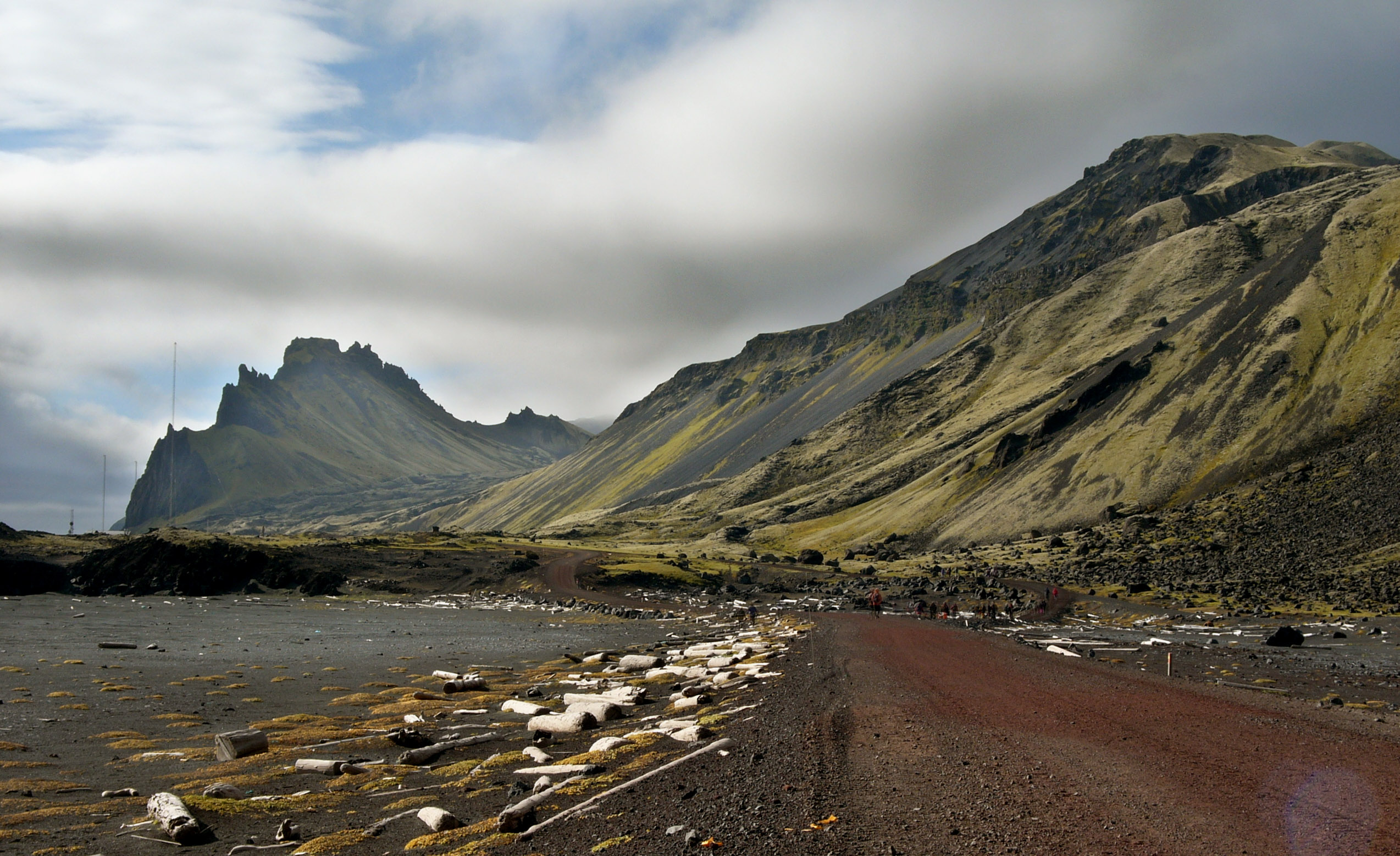What driftwood could teach scientists about the changing Arctic climate
A new research project aims to chart changes to major Arctic currents based on the paths taken by driftwood in the region.

A British glaciologist plans to spend 10 days this September gathering driftwood from the coasts of Baffin Island and West Greenland.
That’s because where driftwood is found and how it got there, along with the type of wood, its size and thickness can tell us how the environment has changed in the past, said Julian Dowdeswell, the director of the Scott Polar Research Institute at the University of Cambridge, in a proposal now under review by the Nunavut Impact Review Board.
Large rivers in North America and Eurasia carry wood to the ocean where it drifts in currents that eventually deposit it on Arctic coastlines that are free of sea ice, Dowdeswell said.
While on a OneOcean cruise, Dowdeswell plans to sample driftwood at various stops by removing a piece of wood from the centre of exposed logs with a hand saw or chain saw.
Any cuttings or driftwood material would be removed and the site returned to its natural state, he told the NIRB.
“It is our intention to use hand saws in as many cases as possible, reserving the chain saw only where necessary and where it would have no impact on wildlife,” he said.
The pilot study will allow them to assess the feasibility of working with cruise ships for sampling driftwood in this manner, he said.
He hopes to analyze driftwood from Arctic coastlines to reconstruct ocean currents and changes in sea-ice extent.
The information could also reveal details about sea level changes.
“In addition, we expect to gain information on past climate during the life cycle of the tree itself by looking at its growth-ring characteristics,” he said.
So far most driftwood samples have come from East Greenland, Svalbard and northwest Iceland.
In 2013, at two sites in eastern Greenland and one in Norway’s Svalbard Islands, an international team of researchers collected 1,445 samples of driftwood, mainly conifers, with about half from a pine species only found in Siberia.
A little less than half of the samples came from cut logs, but most of the rest appeared to have fallen into rivers due to erosion, storms or flooding.
More recently, researchers from Oxford University collected all the driftwood data from previous studies that they could find as far back as the 1950s.
They mapped the the distribution of 913 driftwood samples and compared those findings to other established proxies for sea ice data and climate, such as ice core data, as well as to reconstructions of terrestrial climate conditions in the Arctic. By doing this, they were able to reconstruct a history of sea ice extent and ocean circulation across the Arctic Ocean from 12,000 years ago to the present. These findings showed how changes in two main currents had a big impact on sea ice extent.
Inuit have traditionally used driftwood in a variety of ways. In Greenland, they used it to craft three-dimensional maps of the coastline, and in the western Arctic, Inuit built large structures using sod and driftwood from the Mackenzie River.
Correction: An earlier version of this story incorrectly characterized the time-frame reconstructed by a previous driftwood study. That study reconstructed sea ice conditions and Arctic Ocean currents from 12,000 years ago to the present. This story has been updated to reflect that. It has also been updated with more detail about the researchers methods.